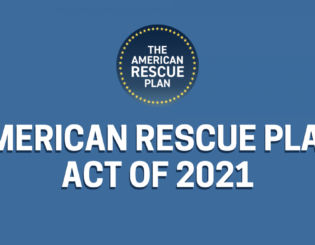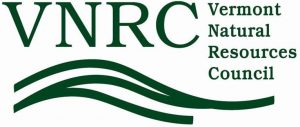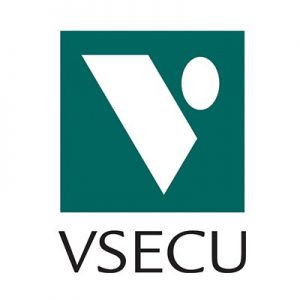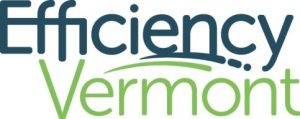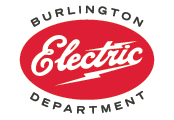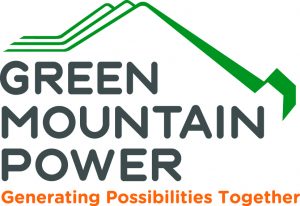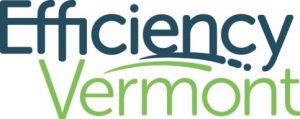Financing & Funding
While most of the energy initiatives you undertake are cost-effective and result in a profitable return on investment, selected projects and initiatives may require modest start-up funds to implement and sustain. Securing funds and resources needed to undertake projects may make your Selectboard more receptive to suggested energy-saving campaigns, methods, and policies.
There are a wide variety of potential financing and funding sources available to support local efforts. To view all publications we have on financing and funding, click HERE. Below, find some suggestions on where you might start to look for those start-up funds.
Congress passed the American Rescue Plan Act (ARPA) in 2021 to address economic impacts due to the COVID-19 pandemic. Congress directed nearly $200 million of that funding directly to Vermont’s cities, towns, and villages giving city councils and selectboards discretion over how to spend their allocations.
Read more
This tool helps local governments prioritize and leverage existing federal funding to advance system-wide energy transition goals—from block grants and technical assistance to competitive grants, loans, and revolving loan funds.
Read more
An Energy Revolving Loan Fund is a great way to finance energy projects, because by reinvesting savings from energy projects back into the Fund, energy committees or organizations can continually replenish the funds and continue paying back the costs of new projects. An outline of how the South Burlington energy committee has successfully implemented this effort can also be found here.
Read more
The Net Zero Revolving Loan Fund was established in 2016 to help finance municipal energy efficiency and renewable energy investments in the City. The Fund is administered by City staff with the support of the Montpelier Energy Advisory Committee, which is tasked with spearheading the city’s Net Zero Montpelier initiative. The Net Zero Revolving Loan Fund is aimed at capturing and tracking savings from sustainability projects and utilizing some of those savings for subsequent projects. In addition to funding stand-alone energy efficiency and renewable energy projects, the City can also use the fund to pay the marginal costs of efficiency improvements within larger capital projects.
Read more here
Read this full story
View all succcess stories
Resources & Organizations
VNRC's Small Grants for Smart Growth
Small Grants for Smart Growth, launched in 2018, provide seed money for community-based initiatives related to smart growth.
Read more
Clean Energy Development Fund Increases Support for Modern Wood Heat
The CEDF was started in 2005 to develop and deploy cost effective and environmentally sustainable electric power and combined heat and power technologies.
Read more
VGreen Solar Loans and Energy Efficiency
VSECU's VGreen Loans Program offers loans for solar energy projects, weatherization, heating system upgrades, energy efficiency appliances, a new bike, or a new high-efficiency heat pump to help you achieve long-term energy savings.
Read more
NEGEF Offers Small Grants to Community Projects
The Grassroots funds offers Grow Grants of up to $3500 twice a year (March and September). These grants are designed to help established groups grow and expand their impact. They also have seed grants for groups just starting out of up to $1,000.
Read more
Explore Efficiency Vermont’s Financing Opportunities
Efficiency Vermont offers assistance in finding loans and has a wide variety of rebates.
Read more
Green Stimulus Program
The Green Stimulus Program, first launched in June 2020, offers incentives for technologies including heat pumps, heat pump water heaters, electric vehicles (EVs), and more.
Read more
Green Mountain Power
Green Mountain Power offers rebates and incentives for electric vehicles, heat pumps and more to help customers save money and reduce carbon emissions.
Read more
Efficiency Vermont’s Home Energy Loan Program
Efficiency Vermont’s Home Energy Loan program features discounted interest rates on energy efficiency projects and purchases based on household income.
Read more

